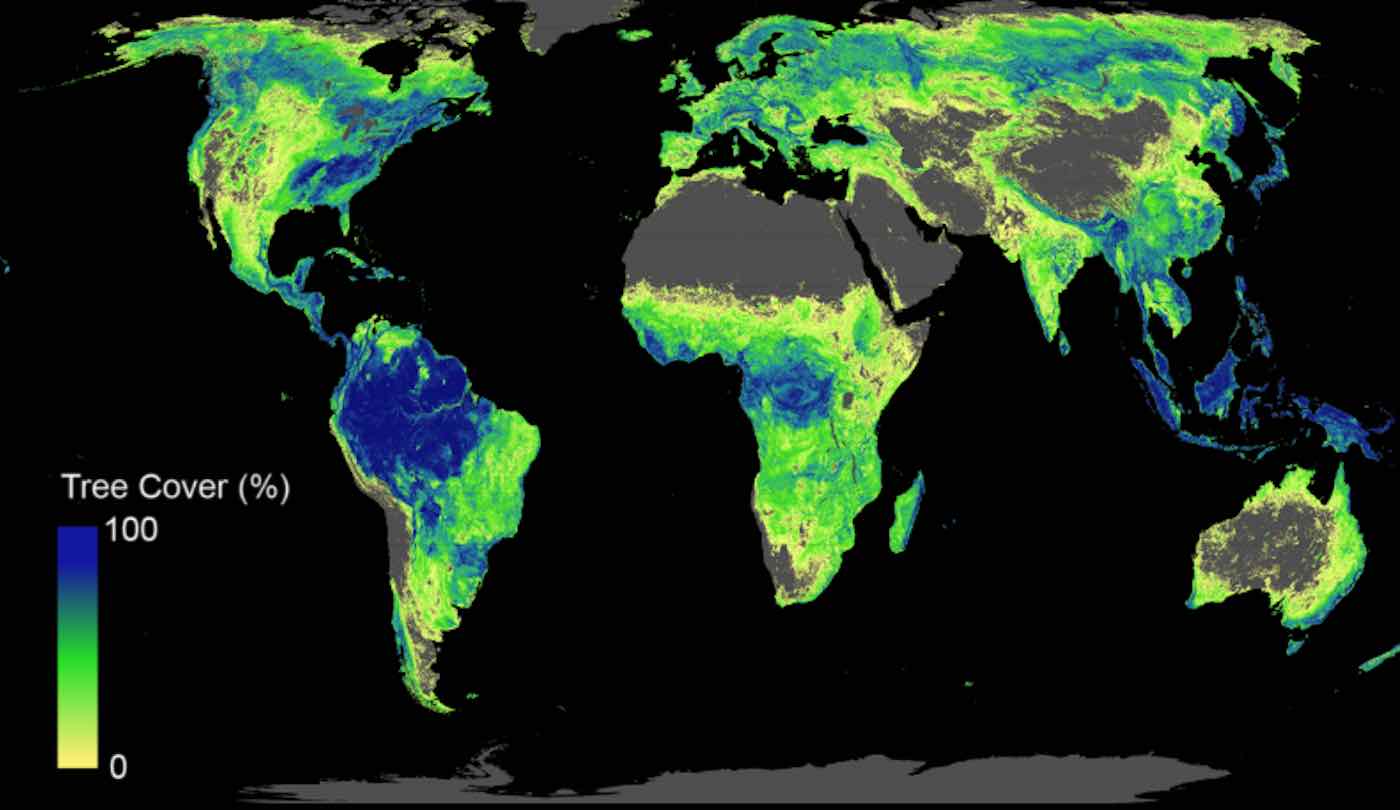Northern Light
Superstar
I have separately reported on the good/bad w/trees along Queen's Quay and Bloor in their respective threads.
Thought I would add a few other observations from my jaunt today here.
Harbour Street - Trees east of York Street to Bay, looking very healthy, the trees west of York, north side, all goners.
Yonge Street - College to Gerrard section - the trees installed along the west side of the street in continuous planters are all performing very well; one showed some minor die-back, but the rest looked very healthy.
They've put on some real size too! Credit both good design of planters and choosing proven performer in Honey Locust for the trees.
Yonge Street, Lakeshore to Harbour - A case study in the difference planting conditions make, those trees in the quality continuous planter beds, set in from the road are by and large healthy and robust. The street-edge trees in pits, all pretty sad sack, either dead, dying or 'poor' condition at best.
Overall, the good news is that I am seeing evidence that the City is learning, more trees are being put in better conditions, and survival rates are rising.
The disappointment, thousands of trees have been planted in terrible conditions over the decades and it will take a long time to fix it all.
Thought I would add a few other observations from my jaunt today here.
Harbour Street - Trees east of York Street to Bay, looking very healthy, the trees west of York, north side, all goners.
Yonge Street - College to Gerrard section - the trees installed along the west side of the street in continuous planters are all performing very well; one showed some minor die-back, but the rest looked very healthy.
They've put on some real size too! Credit both good design of planters and choosing proven performer in Honey Locust for the trees.
Yonge Street, Lakeshore to Harbour - A case study in the difference planting conditions make, those trees in the quality continuous planter beds, set in from the road are by and large healthy and robust. The street-edge trees in pits, all pretty sad sack, either dead, dying or 'poor' condition at best.
Overall, the good news is that I am seeing evidence that the City is learning, more trees are being put in better conditions, and survival rates are rising.
The disappointment, thousands of trees have been planted in terrible conditions over the decades and it will take a long time to fix it all.







